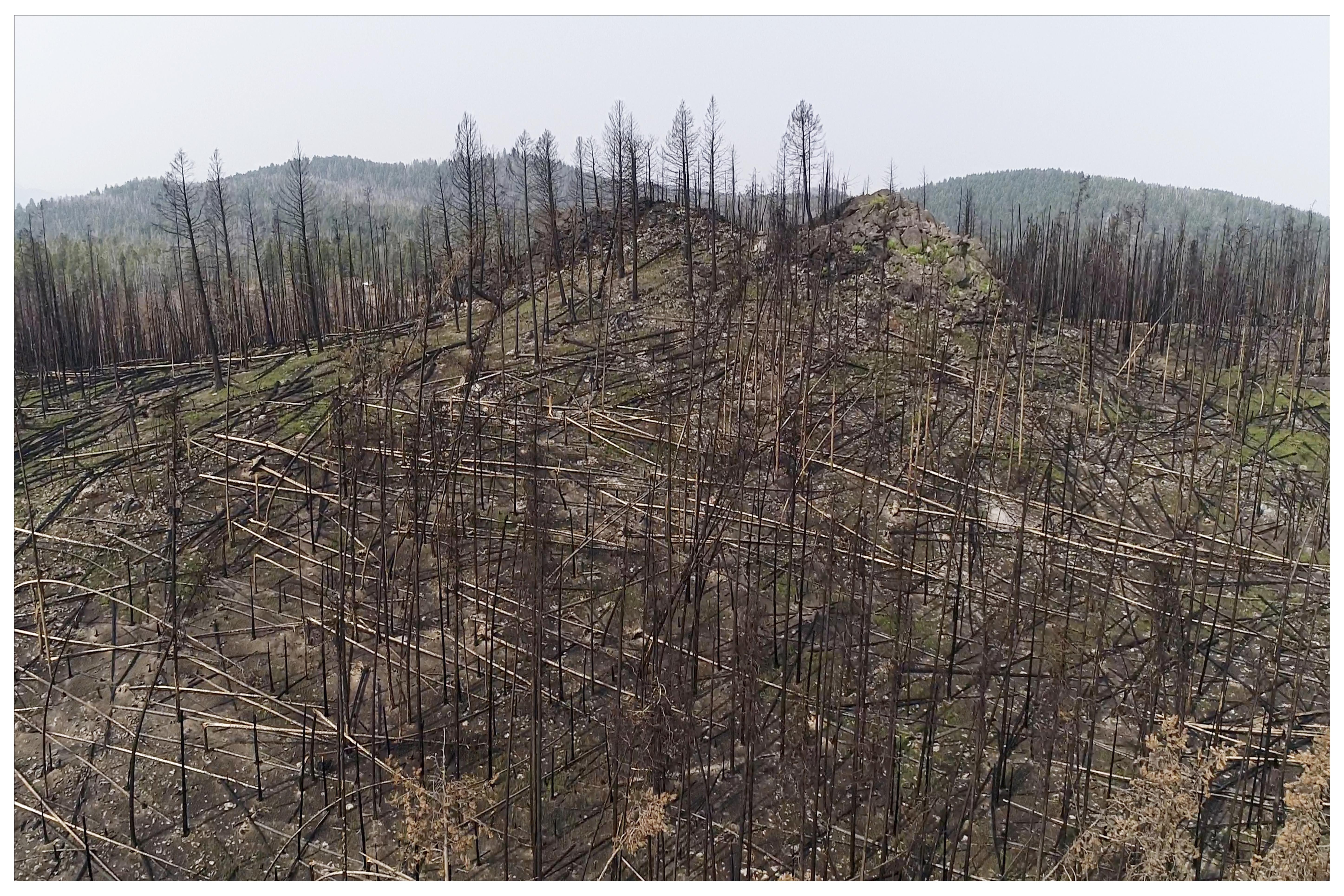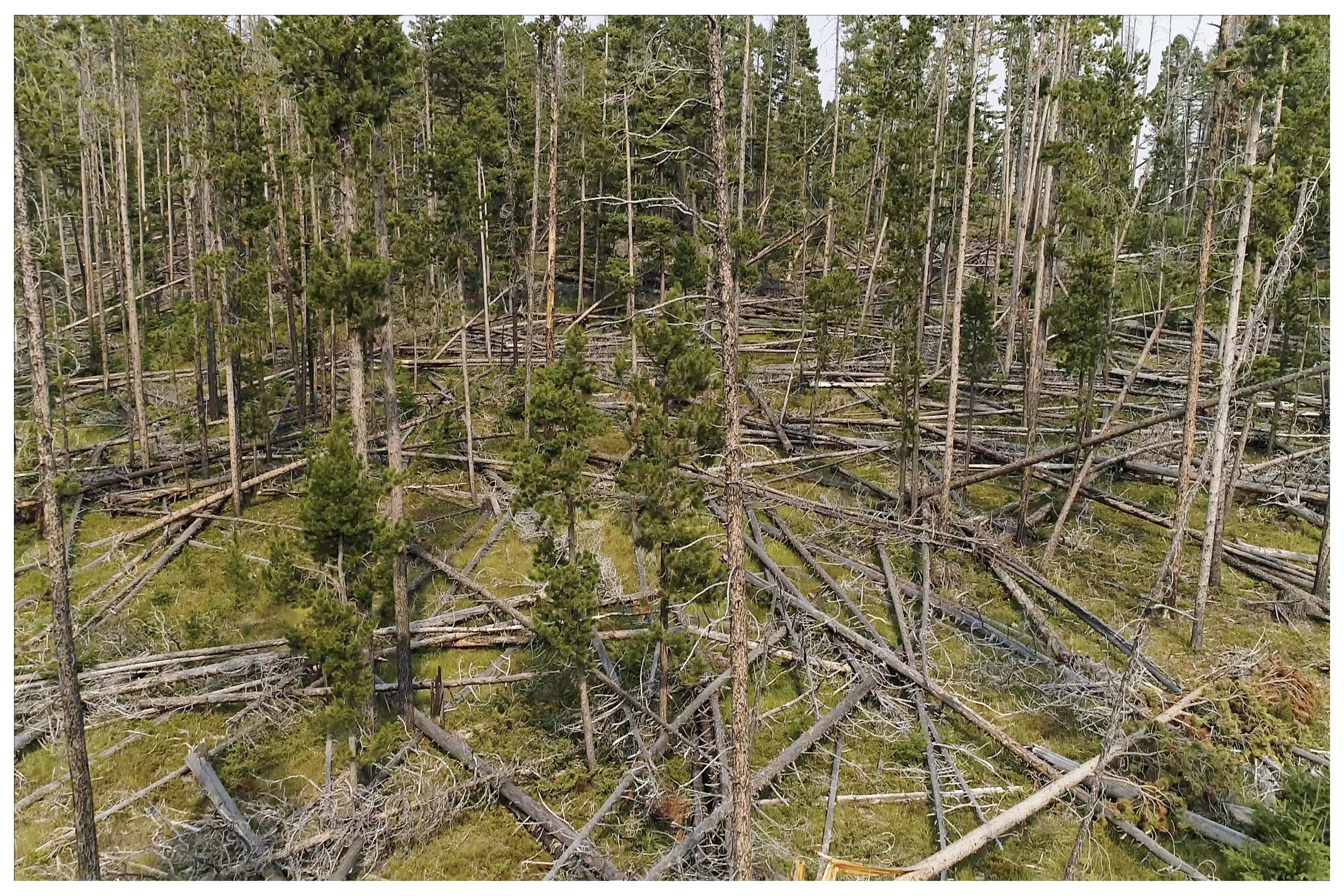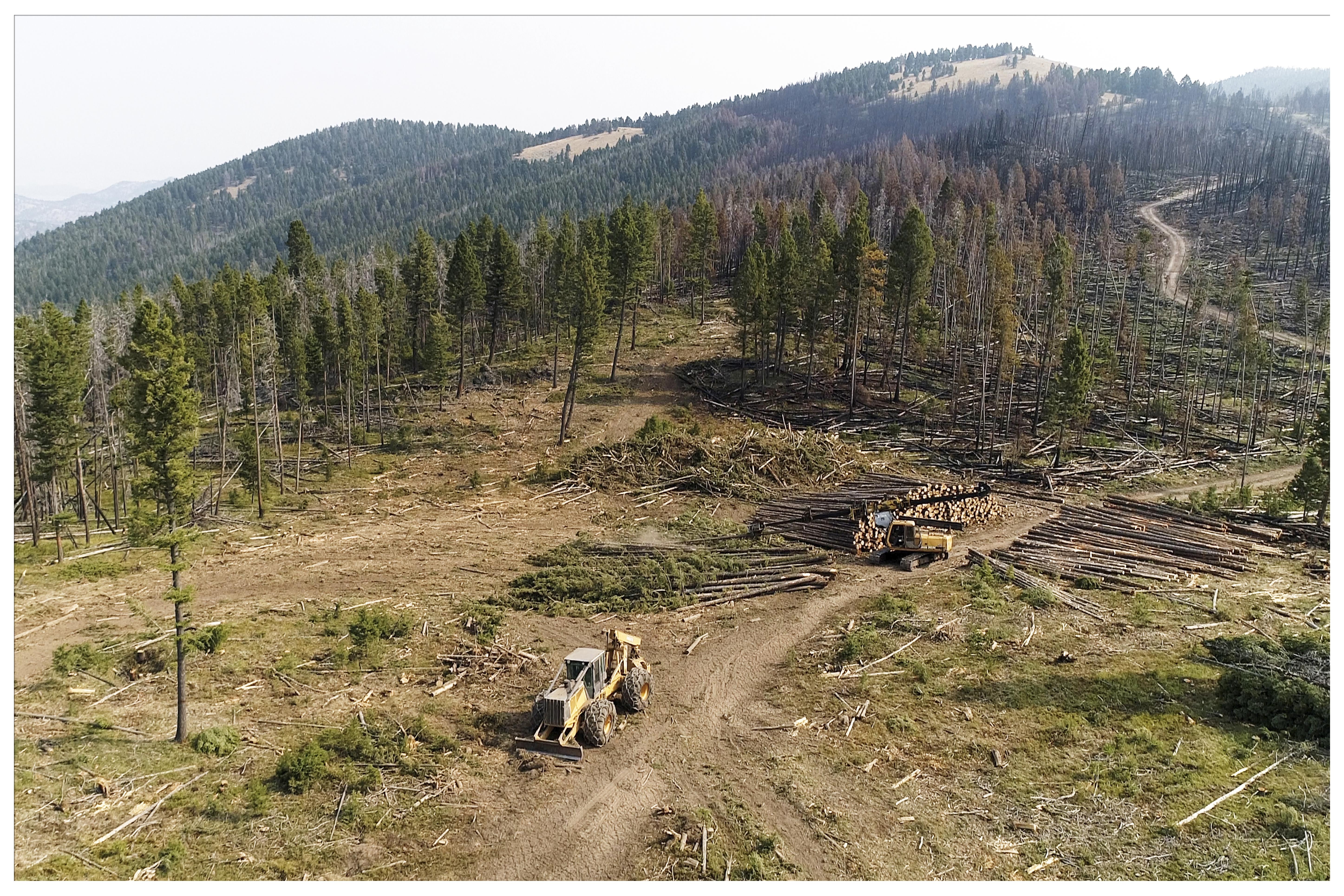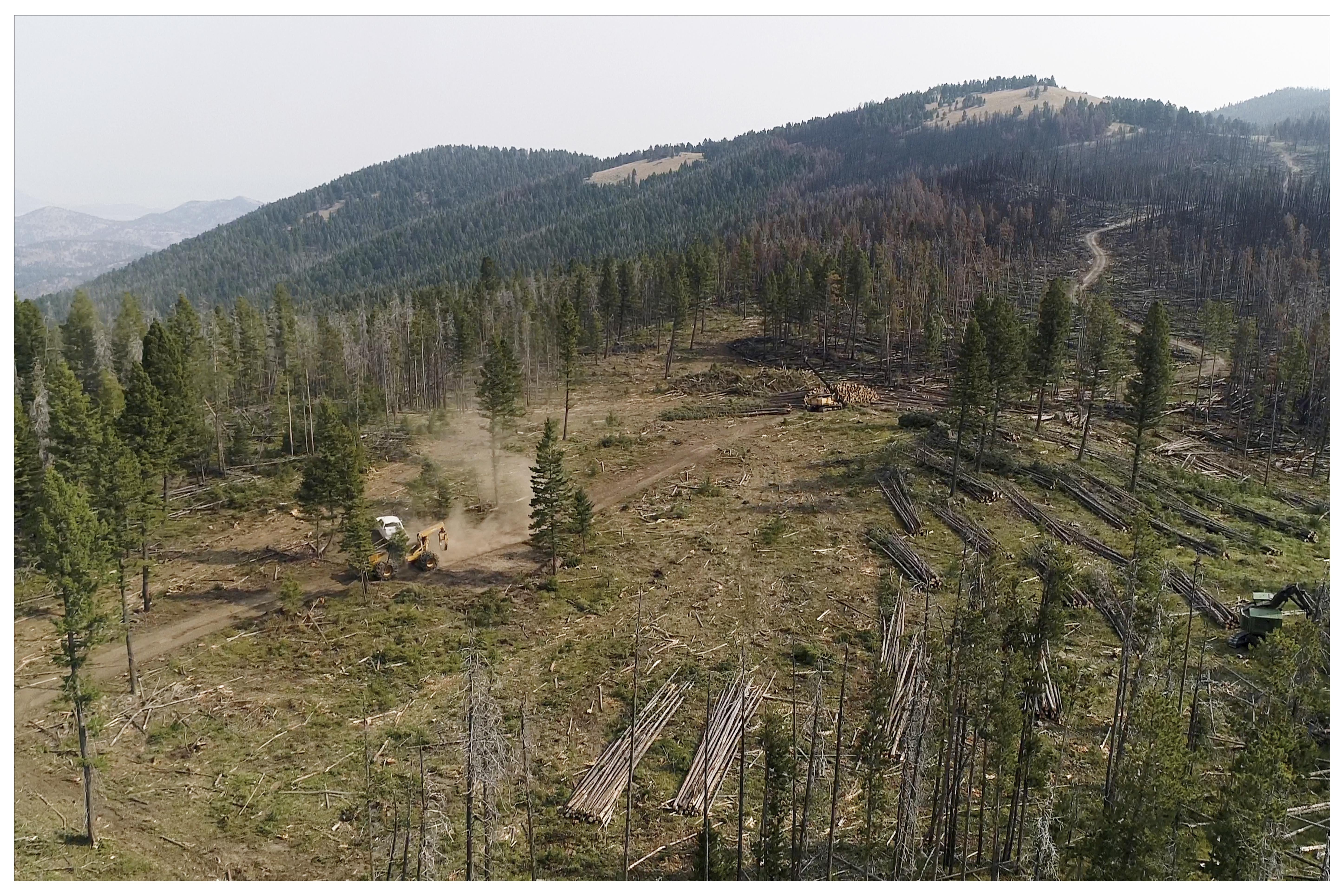"Our forests give us countless benefits: clean drinking water, millions of jobs, recreation opportunities, and more. Keeping these benefits requires forest management – and no one group can do it alone." - The U.S. Forest Service.
Forest management and fire mitigation are essential components of creating long-lasting, healthy, resilient forests. The U.S. Forest Service alone currently manages 193 million acres of land; 17 million of those acres are located in Montana. More than half of Montana's forests are federally owned – an impossibly large percentage for any organization to manage single-handedly. This is especially true considering how quickly our forest lands are deteriorating due to factors such as disease and insects, mountain pine beetles – which affect 6 million acres of Montana forests – and a dramatic decrease in the amount of timber harvested every year.

In order to help rectify this, Good Neighbor Authority (GNA) was introduced under the 2014 Farm Bill. This program outlines the rules and regulations that allow cross-organizational collaboration for restoration work on federal lands. According to the Forest Service, "GNA allows the U.S. Forest Service to partner with the State of Montana to achieve forest management objectives and restoration by utilizing state contracts to carry out forest, rangeland, and watershed restoration services on Forest Service lands."
Restoration work permitted under GNA includes but is not limited to:
- Hazardous Fuels Reduction
- Fish and Wildlife Habitat Improvement
- Insect and Disease Salvage
- Road Maintenance and Decommissioning
- Noxious Weed Treatment
In 2020, Marks Lumber had the privilege of joining DNRC and the U.S. Forest Service in a local GNA timber sale known as the Brooklyn Bridge Project. This project provides essential forest restoration and fire mitigation work for the greater Helena area, creating a safer community and restoring a beautiful multi-use recreation area. In joining this project, Marks Lumber was able to see firsthand the benefits that cross-organizational collaboration can have on increasing the pace and scale of essential forest restoration work.

Since GNA's introduction, the DNRC, Bureau of Land Management, and the U.S. Forest Service have collaborated to treat approximately 5,470 acres of Montana's lands, contributing to 31 million board feet (MMBF) of timber harvested. It is estimated that Marks Lumber will add about 3.07 MMBF of sawlog material and 3.69 MMBF of non-saw fiber to this total at the end of the Brooklyn Bridge Project. So far, this program has been an excellent example of how these public-private partnerships can help maintain and protect our public lands.
One of the main reasons the GNA program has been such a success in Montana is the strength of our state's land management capacity. The GNA's Bureau Chief Greg Archie described this success.
"Our trust land management program and division have paved the way for us to be leaders in this arena," Archie stated. "The way they manage our forests, their processes, and procedures allows us to dovetail into that [cross-organizational liaison] role easily. I would also say that the relationships we have with our federal counterparts are so strong because a lot of them have quite literally been built by fire."
Archie went on to describe his many years of fighting fires for the DNRC and watching this collaborative evolution take place as it became necessary for state and federal agencies to work together to save our lands from catastrophic wildfires.

"Our relationships have never been stronger with our federal counterparts," Archie stated. "That's something we should all be really proud of. This is good government. Really, when you boil it down, this is what the public should expect of us – this cooperation, communication, working together on a project and not having barriers and boundaries."
Archie was also quick to point out that this program is, in fact, a partnership and gave praise to the DNRC, Bureau of Land Management, and the U.S. Forest Service for working together and turning GNA into a self-sustaining program, accomplished in only two short years.
Montana is also fortunate to have such a strong and viable timber products industry and the mill capacity to support this program moving forward. During the Joint Subcommittee on Natural Resources and Transportation at the 67th Legislative Session, a panel of directors, partners, and supporters of the GNA program spoke on the program's success and viability moving forward. As part of this presentation, Julia Altemus, Executive Director of the Montana Wood Products Association, discussed the importance of the Montana timber products industry to this program and vice versa.
"We're not running at full capacity, and we definitely have the ability to ramp up and would love more fiber to increase employment because there is more capacity there," Altemus said. "We definitely rely on supply. We have a lot of inventory. There are a lot of trees out there, but that steady supply of timber is really, really important to make those investments."

GNA's introduction was a crucial step in the right direction – providing a solid framework for future programs to follow and contributing to the steady supply of fiber that Montana mills rely on in their production. However, there is still more work to be done supporting these programs and the timber products industry. In fact, Director of Resources and Government Affairs for the Idaho Forest Group, Tom Schultz, also spoke on behalf of GNA, discussing the results of a 2014 Forest Service study of National Insect and Disease that looked at forests at risk of insect and disease.
"Montana ranks third nationally with over 20% of forests at risk of losing up to 25% of basal area in those acres in the next fifteen years," Schultz said. "There is still a significant forest health crisis that exists on the forests in Montana, and I believe personally that without programs like the GNA, we cannot address these forest health issues."
There's still more work to be done for Montana forests and to achieve our collective land management goals. When asked what the public can do to help these types of programs, Archie stated: "We need to advocate for action. If we all say we need to do more, then we actually need to advocate to do more. If you believe in this work, advocate for it. Write letters. Be active."

If you would like to show your support for GNA and the timber product industry, contact your local representatives and senators.
